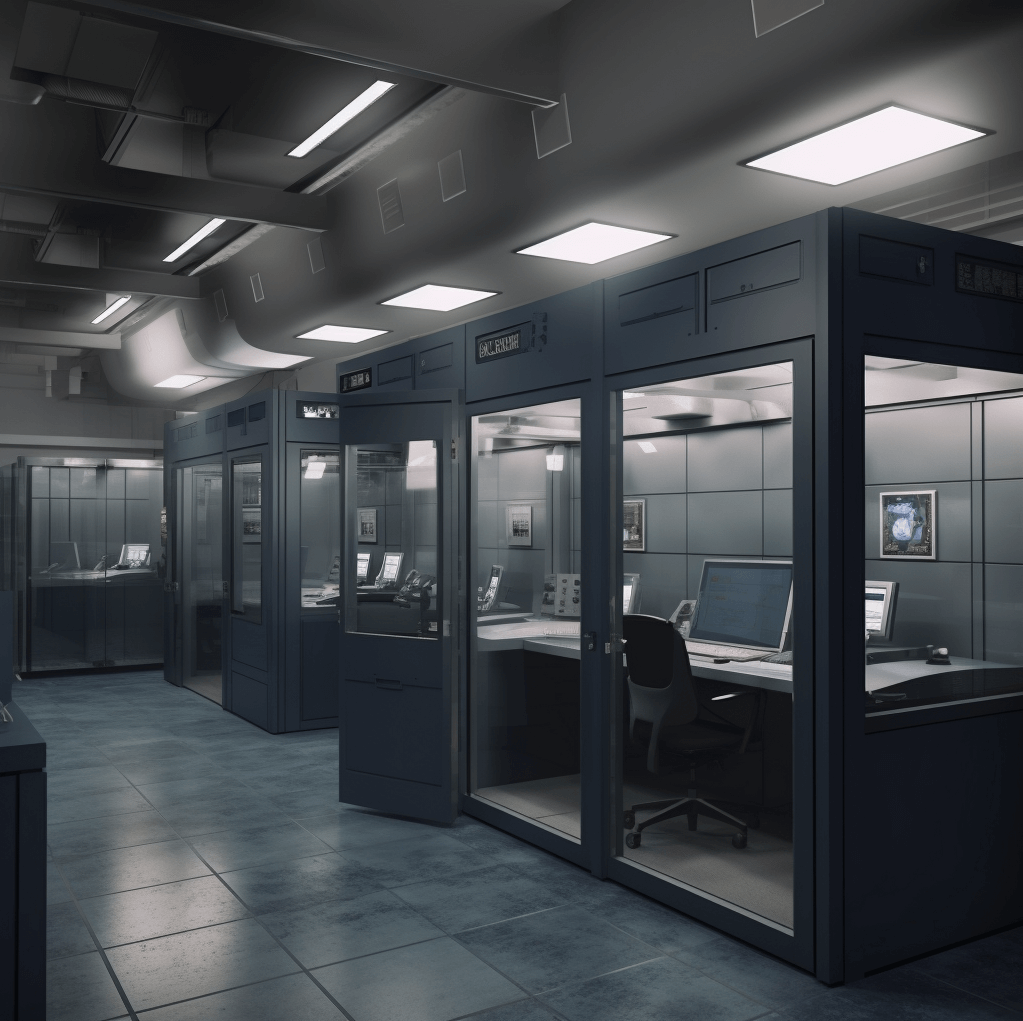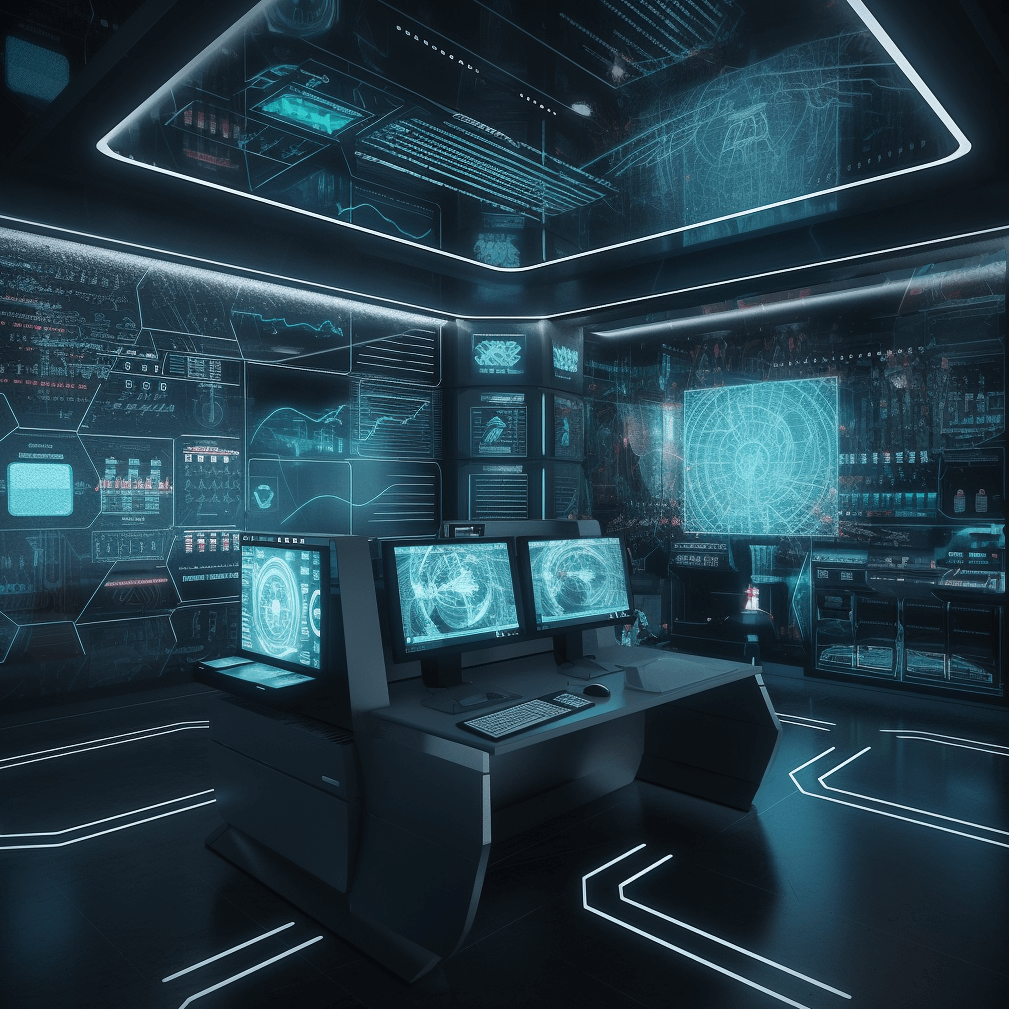SCIFs are designed with physical security features to prevent unauthorized access. These include:
Restricted entry: Access is tightly controlled, usually requiring badges, biometric scans, or PIN codes. Entry might require multiple security checks, such as a two-door vestibule system (also known as a man trap) to ensure only authorized personnel enter.
No windows or windows with reflective or obstructive coatings to prevent external visual surveillance.
Shields against electronic surveillance: SCIFs often include protections to prevent eavesdropping or interception of signals (e.g., EM shielding or TEMPEST compliance).
Compartmentalization is a key principle in SCIFs: Access to different types of information is restricted based on clearance level and the need-to-know basis.
Personnel within a SCIF must have the necessary security clearance to access specific information. Those who do not have the proper clearance are not allowed to access certain materials or participate in discussions.
Two-person integrity: SCIFs often employ procedures where sensitive data is handled by at least two authorized individuals, reducing the likelihood of a security breach.
SCIFs use secure communication systems to ensure that no unauthorized signals can be intercepted. Devices within the SCIF are often shielded from emitting signals that could be intercepted (e.g., through electromagnetic shielding).
Encrypted communication: Any data transmitted in or out of the SCIF must be encrypted to prevent interception and unauthorized access
Classified storage: Information, documents, and electronic data within a SCIF are stored in highly secure systems, such as encrypted servers or locked cabinets.
Data exfiltration prevention: There are strict controls on any device that can remove information from the SCIF, such as USB drives, external hard drives, or any form of removable media. These devices are often prohibited or heavily monitored.
Air-gapping: SCIFs often feature air-gapped systems, meaning that their computers and networks are not connected to external networks (including the internet) to prevent data leaks. If communication with external systems is necessary, it’s done through tightly controlled, encrypted methods.
Soundproofing: SCIFs often use acoustic treatments (e.g.,
soundproofing materials) to prevent eavesdropping through
sound.
Shielding against electromagnetic interference: To prevent devices within the SCIF from emitting signals that could be intercepted, SCIFs may use shielding that complies with standards like TEMPEST (a U.S. government standard for counteracting electronic surveillance).
Environmental control: SCIFs also employ strict controls on temperature, humidity, and airflow to maintain the integrity of sensitive equipment and prevent environmental factors from triggering alarms or causing system failures.
Access and Personnel Control:
Controlled Communication:
Sensitive Data Handling:
Prevention of Data Leakage:
Ongoing Security Monitoring:



Some Power options won't be available for quote based on the country selected.